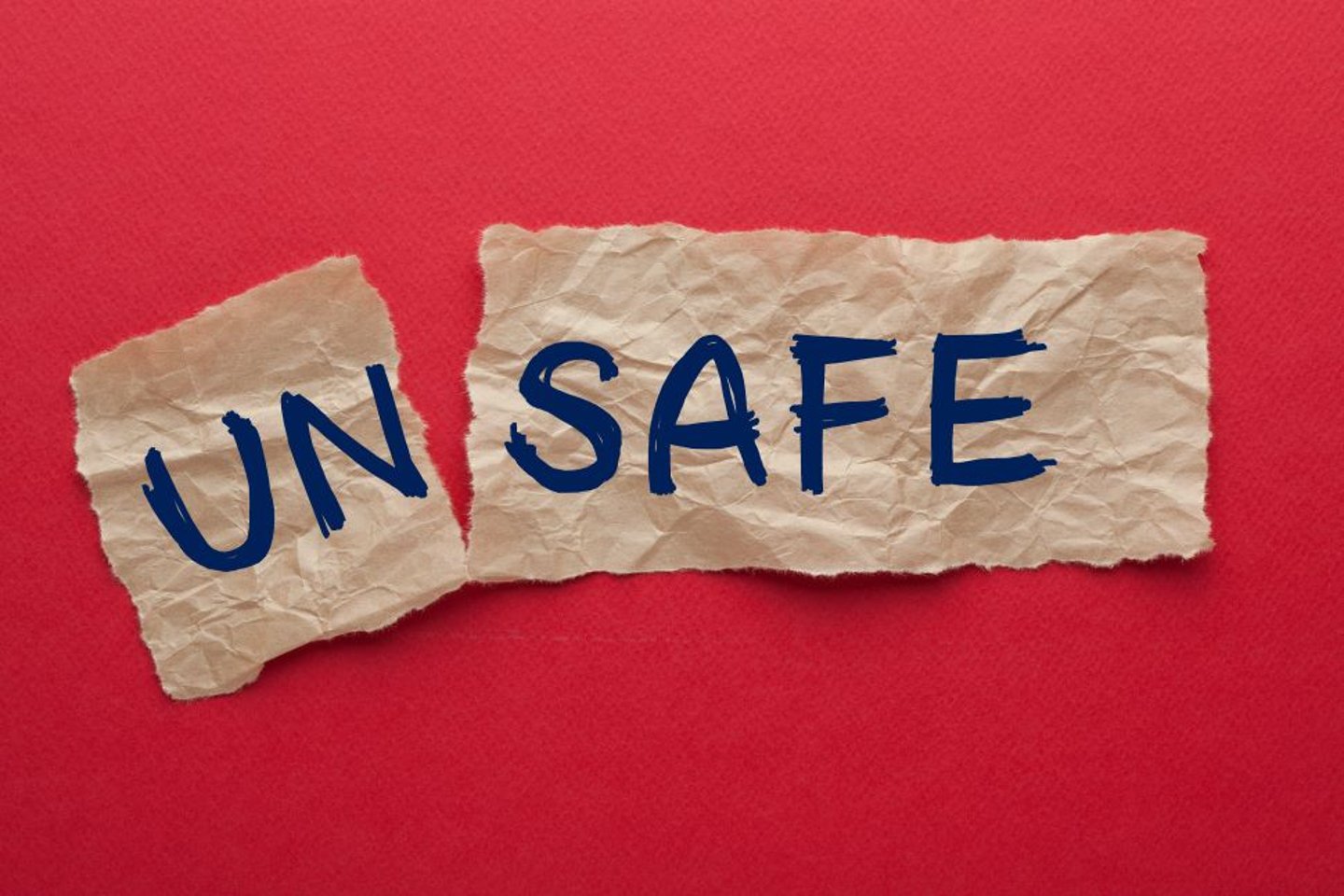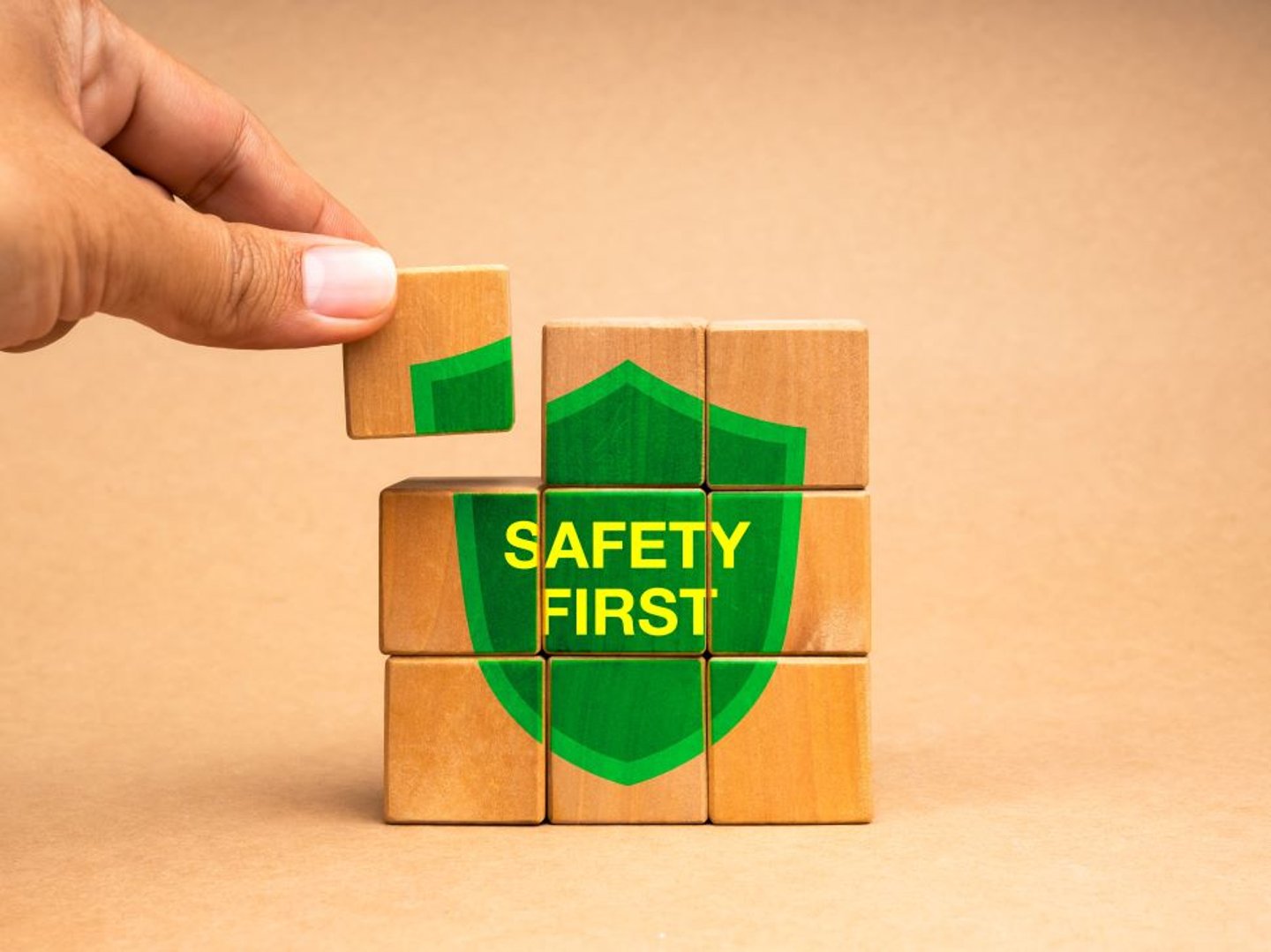Work refusals: What the law says, plus seven ways to prevent and manage
A worker’s right to refuse unsafe work is enshrined in Ontario’s Occupational Health and Safety Act (OHSA, Section 43). So is the employer’s duty to investigate the matter and try to resolve it internally. Resolving a refusal involves controlling the hazardous situation, if present, in a way that removes any dangerous circumstance.
When can a worker refuse to work?
A worker can refuse work if they have reason to believe that they (or another worker) are likely to be endangered by:
- any machine, equipment, device or thing the worker uses or operates
- the physical condition of the workplace or workstation
- workplace violence
- contraventions of OHSA or its regulations by the employer
What happens when a worker refuses unsafe work?
The OHSA has an established procedure for work refusals that must be followed.
First stage: The worker immediately tells the supervisor or employer that the work is being refused and explains the circumstances for the refusal.
The supervisor or employer investigates the situation immediately, in the presence of the worker and a worker member of the joint health and safety committee, or alternative (specified in Section 43). The worker who refuses unsafe work remains in a safe place near their workstation until the investigation is completed. If the issue is resolved, the worker goes back to work. If not, the refusal moves to the second stage.
Second stage: Following the investigation or any steps taken to deal with the circumstances of the refusal, if the worker still has reason to believe they are endangered, the Ministry of Labour, Immigration, Training and Skills Development (MLITSD) is called in. An MLITSD inspector investigates in the presence of the worker, safety representative and supervisor or management representative. The inspector renders a decision.
When workplaces are unable to resolve work refusals internally, it’s usually because:
- there is a poor safety culture and Internal Responsibility System (IRS) in the workplace.
- workers and supervisors have no training on the rights of workers including the right to refuse, or the employer’s responsibility to investigate and resolve concerns.
- communication between the workplace parties is poor (workers, supervisors, employer and joint health and safety committee members).
- investigations are not carried out thoroughly and/or effective controls are not put in place.
Reprisals are prohibited
Section 50 of the OHSA establishes that no reprisals can be taken against workers who exercise their health and safety rights. Employers are prohibited from penalizing, dismissing, disciplining, suspending or threatening a worker who has obeyed or sought enforcement of the OHSA. Reprisals of this nature negatively impact the workplace culture and can lead to hefty fines for the employer.
7 ways to prevent and manage work refusals
- Invest in your IRS and safety culture. Develop a comprehensive health and safety policy, train employees and supervisors about their roles and responsibilities, encourage workers to report hazards and concerns without fear, and identify areas for improvement through regular audits. Work refusals are much less likely to occur when everyone is working together to prevent injuries and illnesses, when there are open lines of communication, and when worker input is encouraged.
- Take action on a reported hazard before it turns into a work refusal. If the Ministry comes in to resolve a work refusal, they don’t want to hear from the worker that the hazard was reported five times before the work refusal was initiated. Supervisors need to thank the worker who reports a hazard, investigate, put controls in place, if needed, and inform the worker of their actions.
- Provide workers with training on hazards and controls. You want your workers to be empowered with knowledge so they can identify and report hazards and fulfill their role in the IRS.
- Ensure supervisors have good interpersonal skills. If a worker is afraid to report a hazard to a supervisor because they will be met with disapproval or anger, or know the concern will be dismissed, your IRS cannot function properly.
- Train workers & supervisors on the work refusal process. Education is the key to preventing work refusals and ensuring they are responded to effectively. Workers need to understand when they can refuse work, and when they can’t; what constitutes “being endangered” or “dangerous circumstances” as described in Section 44 of the OHSA; and when making a refusal how to articulate why they believe the work is unsafe. Supervisors need to know how to respond when a worker refuses unsafe work, how to elicit information and how to investigate.
- Get help during the investigation of a work refusal. The supervisor needs to determine if a dangerous circumstance exists. This might require the skills and knowledge of an internal expert – maintenance, health and safety person, or member of the joint health and safety committee – or an outside expert.
- Document everything. Documentation is key to ensuring you have a health and safety management program in place and are able to provide evidence that it is functioning.
Additional Resources
- Duties & Responsibilities: Three Basic Rights (poster)
- Work refusal chart
- Part V: Right to refuse or to stop work where health and safety in danger (Ontario.ca)
- Refusing unsafe work? Know your rights (young workers edition) (video)
- Nine suggestions to help avoid work refusals (article)
- Internal Responsibility System (IRS)
- Hazard Reporting Form
- Template: Hazard Assessment Tool
Have health and safety questions? Please contact Denise Lam, WSPS Account Manager, Small Business at [email protected].







